- Video: Anthurium Leaves Turning Yellow? Here's The QUICK Solution!
- Why do anthurium leaves turn yellow and fall off?
- Video: Try growing anthurium leaves in water | anthurium plant
- Video: Saving Anthurium Plant | Do's Don'ts | Care For Anthurium | Indoor Flowering Plant | Bubble of Green
- How to achieve a stable decorative effect?
- Video: Anthurium Lily yellowing & browning leaf | Anthurium Lily not flowering | Anthurium Lily care
- Anthurium diseases and pests
- Video: ANTHURIUM LEAVES TURNED YELLOW: WHAT TO DO WITH IT | ROSENKALLA GULA BLAD | ROSENKALLA SKÖTSEL
- Rate the author (2)
- Comments (1)
Anthurium is an undoubted decoration of the collection of domestic plants. The unusual structure of flowers, the bright color of the leaves-spreads seem to be natural perfection. Breeders have bred more than a hundred hybrids of the plant, among which are decorative foliage and flowering.
Anthurium requires a serious “fee” for aesthetic pleasure. It is worth breaking the rules of care, and glossy leaves lose their luxury, turn yellow, dry out at the ends, fall off. How to bring anthurium back to life?
So, what to do when the leaves turn yellow at anthurium (male happiness) - further in our article.
Video: Anthurium Leaves Turning Yellow? Here's The QUICK Solution!

Why do anthurium leaves turn yellow and fall off?
Yellowing and falling leaves are not always associated with improper care. As the plant grows, it sheds the lower old shoots to give rise to new leaves. But too often this phenomenon is not observed.
The leaves turn yellow gradually, remaining elastic and shiny for some time. The color change does not look like a disease for a long time. The flower, as it were, tells the owner that measures need to be taken, and he will respond with a healthy development. The network has a lot of information about how to care for Natasha's ficus, what the anthurium flower does not like and other useful information. Let's get started.
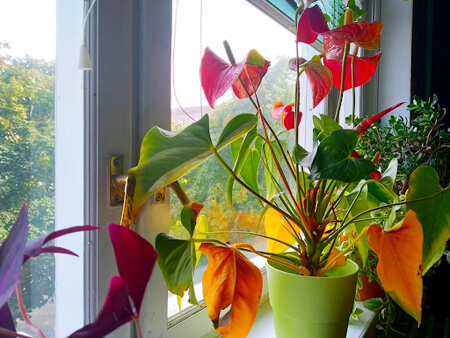
Video: Try growing anthurium leaves in water | anthurium plant

Excess fertilizer
The plant needs to be fed. Experienced flower growers halve the dose recommended by the manufacturer. Fertilizers should be applied once every two weeks. When yellowness appears, fertilizing should be abandoned for a month, transplanted and fertilizers should be resumed in the new soil after a month and a half.
Micronutrient deficiency
Flower shops sell concentrated complex fertilizer “Forte”, which is optimal for anthuriums. It contains iron, magnesium, succinic acid.
Iron deficiency causes chlorosis, i.e. yellowing of the leaves, in which the veins retain their color.
Wrong watering
It is important to know how to properly water the anthurium.
Stagnation of water in a pot is detrimental to the plant, but drying out of the top layer is also harmful. Excessively wet soil leads to rotting of the roots and yellowing of the leaves. The flowerpot must have drainage holes. The lower the air temperature in the room, the less often watering is carried out.
Violation of transfer rules
Sometimes, yellowing is caused by incorrect actions of the grower during transplantation: the soil is incorrectly selected, the roots are broken. The first transplant is performed when the plant reaches the age of five, then every 2-3 years.
Transfer algorithm:
- delicate cleaning of the roots from the old soil;
- rinsing with warm water;
- removal of damaged, rotten areas. It is necessary to use a sharp knife, process the cuts with crushed charcoal;
- planting in a flowerpot with a new soil mixture.
When transplanting, the roots are carefully straightened and covered with earth.
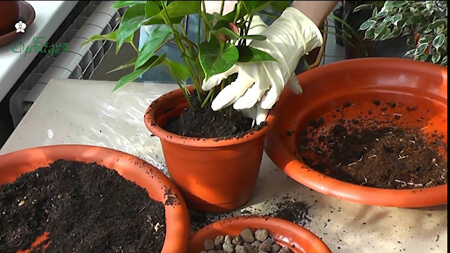
Other causes of yellowing leaves:
- Direct sunlight or spraying in direct sunlight causes burns. Those who have learned how to grow mint at home do not need to do a long search. Surely all the window sills in the house where there is diffused light are already known. In one of these places, you should put a flowerpot with a plant. The lack of lighting also negatively affects the decorative effect;
- drafts, watering with cold water;
- Wrong choice of flowerpot. Anthurium roots prefer to be densely located in the container, so the pot should match the size of the plant, not be too cramped and deep;
- heavy, airtight primer;
- traumatic transplant.
A flower brought from a store needs a period of home adaptation. For normal development, it is important to create favorable conditions.
Video: Saving Anthurium Plant | Do's Don'ts | Care For Anthurium | Indoor Flowering Plant | Bubble of Green

How to achieve a stable decorative effect?
With normal development, Anthurium blooms in February and pleases with buds until mid-October. Then comes a period of rest. March is the best month for transplanting.
Here are the optimal conditions:
- stable temperature, in spring and summer 22-28°C, in winter - not lower than 16°C;
- plentiful watering during the growing season, but without stagnant moisture in the pot, moderate irrigation - at the end of the growing season. You need to water the plant in the morning, with water at room temperature, rain or melt. Tap water is not suitable, it compacts the soil, contains a lot of salts;
- diffused light;
- average air humidity;loose nutrient soil of neutral acidity;
- feeding with complex preparations with the necessary set of trace elements (magnesium, iron, sulfur);
- periodic preventive inspections of the plant to detect problems in a timely manner.

Compliance with these conditions gives an almost complete guarantee that the leaves of the anthurium will not turn yellow.
Is it possible to trim the yellowed leaves of an anthurium? Yes, all yellowed leaves and shoots need to be trimmed to give nutrients to new shoots. Buds that have faded are also removed.
Video: Anthurium Lily yellowing & browning leaf | Anthurium Lily not flowering | Anthurium Lily care

Anthurium diseases and pests
Yellow leaves may indicate the defeat of the culture by Fusarium. In such situations, the plant is isolated from the rest, fungicidal treatment is carried out. In case of severe lesions, it is better to replace the flower with a young plant.
Other diseases:
- septoria, occurs at elevated temperatures and humidity, drafts in the room;
- rot, from excessive soil moisture;
- anthracnose, in which a yellow-brown edge forms around the perimeter of the leaves.
Anthurium pests - spider mites, scale insects, aphids, mealybugs. These parasitic insects feed on leaf sap. The leaves become sticky, they have the remains of the vital activity of pests.
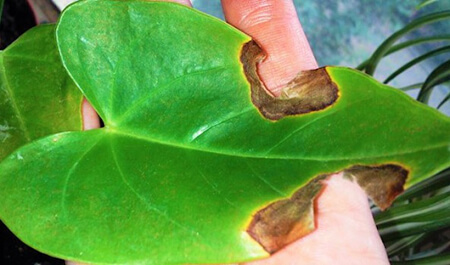
The plant should be inspected regularly. If the lesion is detected in time, the stem and leaves should be thoroughly washed with warm water. With a large lesion, chemical agents are used.
How to spray anthurium leaves? Good effect gives the drug “Aktara”. It is diluted with 1.25 liters of water per 1 gram, sprayed with a spray gun, and hard-to-reach places are wiped with a cotton swab dipped in the solution.
Video: ANTHURIUM LEAVES TURNED YELLOW: WHAT TO DO WITH IT | ROSENKALLA GULA BLAD | ROSENKALLA SKÖTSEL





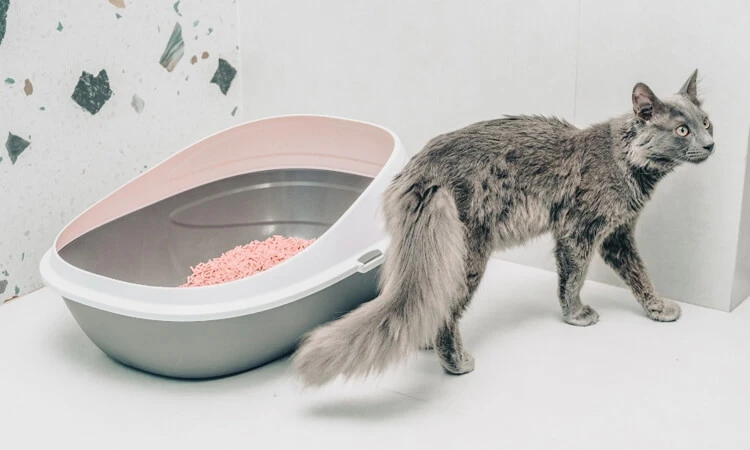
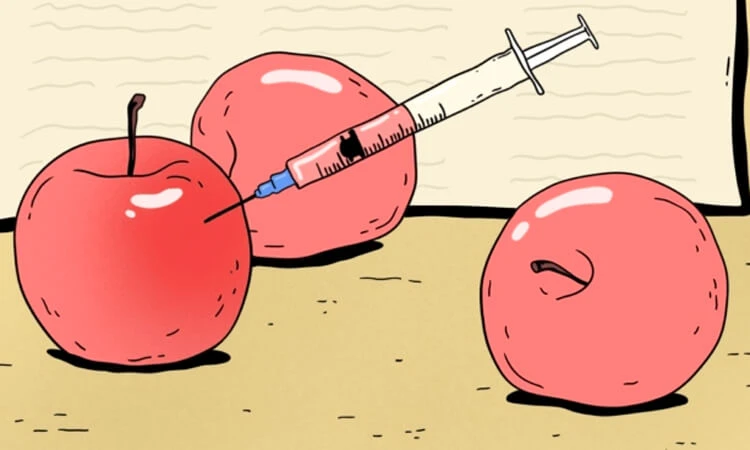
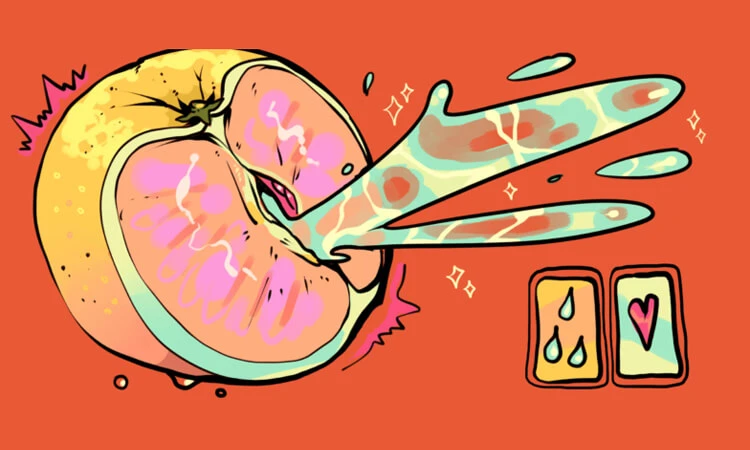


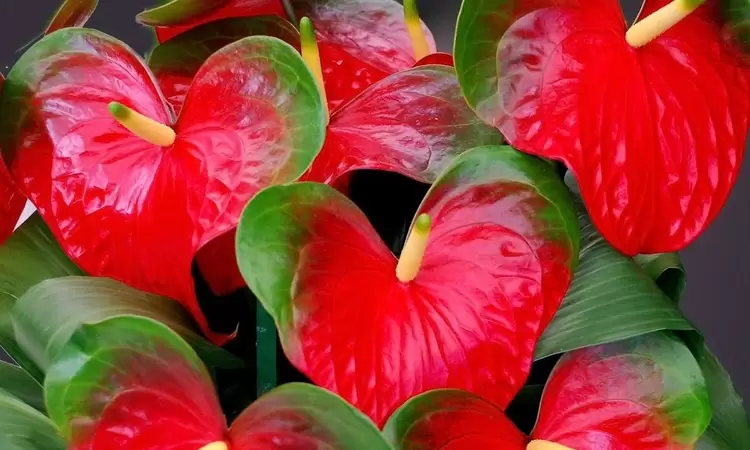




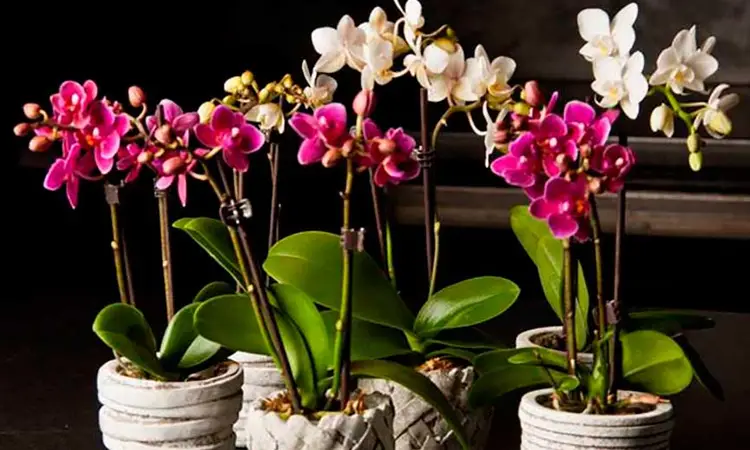
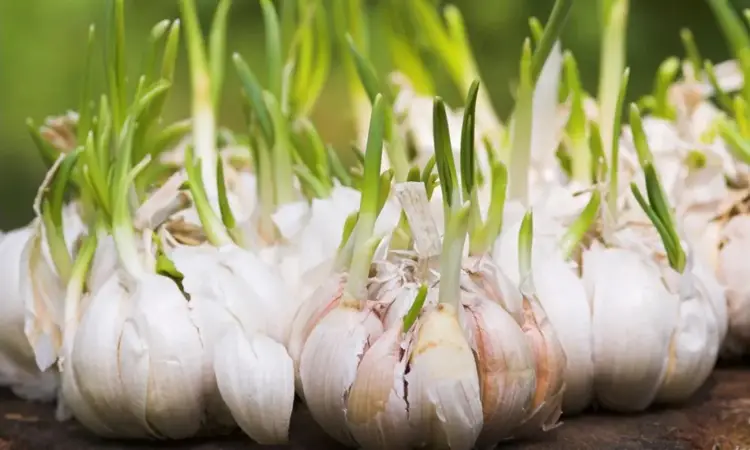
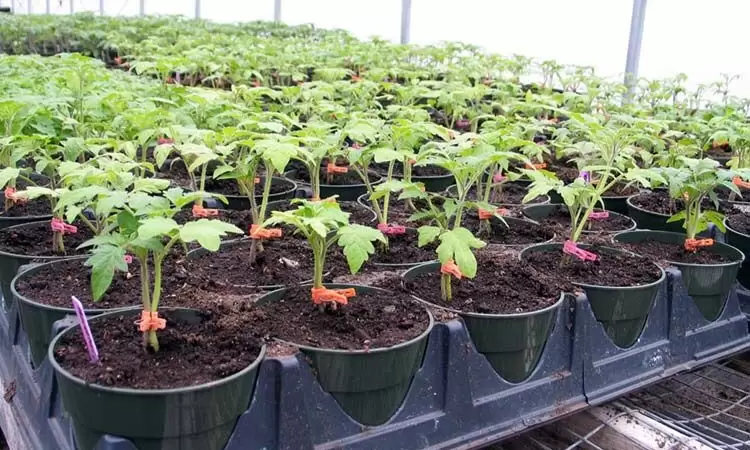
Comments (1)
2. Check the composition of the soil and additionally feed the plant with fertilizers containing nitrogen.
3. Check the roots for rot and, if necessary, transplant the plant into fresh soil.
4. Provide the plant with sufficient light and a temperature that meets its requirements.
5. If necessary, treat the plant from pests and diseases.
6. Monitor the regular care of the plant and respond in a timely manner to any changes in its condition.